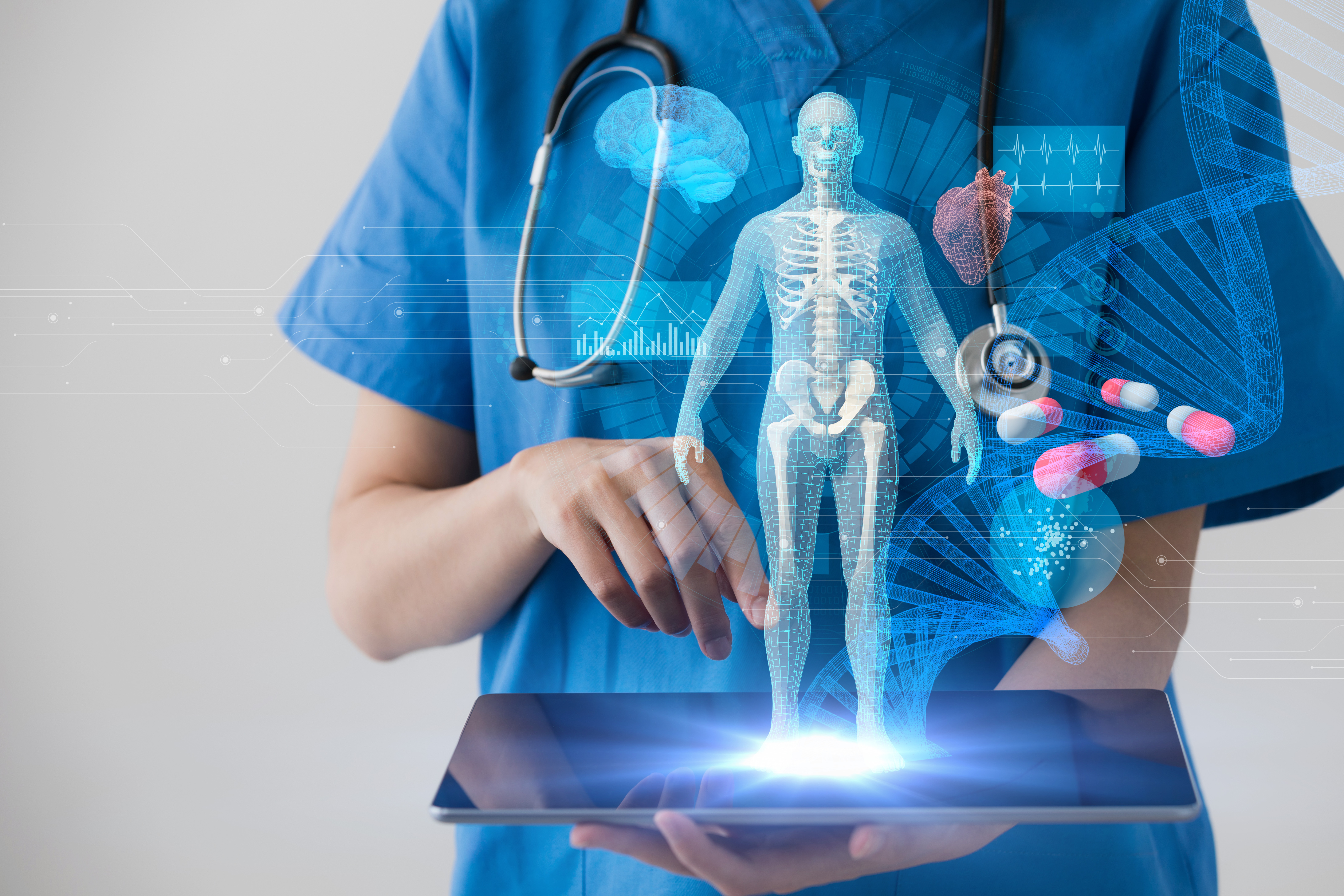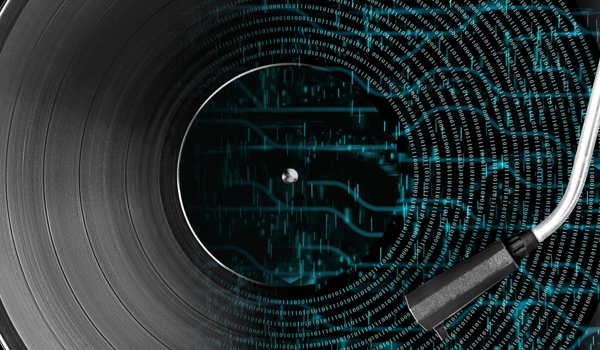


BOSTON - The United States has had a comprehensive national artificial intelligence (AI) strategy in place for decades, and it continues to pour resources into AI research related to all kinds of fields, from national defense to healthcare, education, and more.
The US government also recognizes that in today’s increasing digital world, AI is more important than ever. Nevertheless, all of this will not be enough unless the national AI strategy is continuously updated, refined, and fine-tuned, an effort which will require the government, private sector, and academia to work in tandem. To this end, researchers from the Stanford Institute for Human-Centered Artificial Intelligence have recently released a white paper containing specific recommendations to complete the daunting task. Their findings make interesting reading.
1. Increase the budget for AI-related research and development (R&D) that is not related to national defense. Increase investment for the long term, such as in smart infrastructure, is especially key. The US is well-known as having long underfunded investment in its infrastructure, and this will need to be rectified to lay the foundation for more sustainable future growth, both AI related, and non-AI related. Other applications of AI, such as agriculture, healthcare, and education, need increased resources to help the nation grapple with the challenges posed by an aging population that needs more healthcare, a workforce with not enough AI talent, and climate change that threatens food supplies, food security, and strategies for greener, more sustainable development on all fronts.
2. Provide more support for coordination and partnerships across different disciplines. AI has so many applications in so many different fields, but it is often the case that researchers and engineers in one field do not have enough opportunities to contact, coordinate with, or form partn
The content herein is subject to copyright by The Yuan. All rights reserved. The content of the services is owned or licensed to The Yuan. Such content from The Yuan may be shared and reprinted but must clearly identify The Yuan as its original source. Content from a third-party copyright holder identified in the copyright notice contained in such third party’s content appearing in The Yuan must likewise be clearly labeled as such. Continue with Linkedin
Continue with Linkedin
 Continue with Google
Continue with Google











 916 views
916 views






